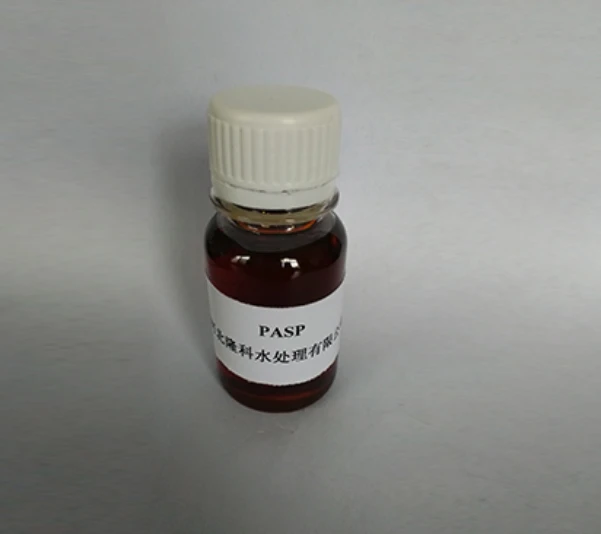coagulation and flocculation in water treatment
Coagulation and Flocculation in Water Treatment
Water is an essential resource for human life and the environment, serving various purposes such as drinking, agriculture, industry, and recreational activities. However, the presence of impurities in water sources can pose significant health risks and degrade the quality of ecosystems. Effective water treatment processes are essential to ensure potable water quality and protect environmental integrity, and among the most vital processes in water treatment are coagulation and flocculation.
Coagulation and flocculation are critical steps in the removal of suspended solids, colloidal particles, and other impurities from water. These processes work by altering the physical and chemical properties of the particles, facilitating their aggregation into larger clusters, or flocs, that can be effectively removed from the water through sedimentation or filtration.
Coagulation Process
The coagulation process begins with the addition of chemical coagulants to the water. Common coagulants include aluminum sulfate (alum), ferric chloride, and polyaluminum chloride. These substances are known as electrolytes and function through mechanisms that reduce the electrostatic repulsion between suspended particles. Most particles in aqueous solutions carry a negative charge, which prevents them from clumping together. When coagulants are added, positively charged ions neutralize the negative charges on the particles, leading to destabilization.
As a result of this destabilization, the particles begin to collide and form small aggregates. The effectiveness of coagulation depends on various factors, including pH, temperature, and the concentration of coagulants used. Proper dosing and control of these parameters are critical for maximizing the efficacy of the coagulation process.
Flocculation Process
Following coagulation, the flocculation process is employed to promote the growth of larger floc particles. This is achieved by gentle mixing or agitation, which encourages the small aggregates formed during coagulation to collide and bond together, resulting in larger and more easily removable flocs.
Flocculation can be facilitated through a range of mechanical mixing techniques, such as slow stirring or the use of flocculators, which are designed to provide the gentle mixing required for this stage of treatment. The efficiency of flocculation is influenced by factors such as mixing time, speed, and the type of coagulant used. The larger the flocs, the easier they are to remove in subsequent treatment stages, such as sedimentation or filtration.
coagulation and flocculation in water treatment

Importance of Coagulation and Flocculation
The combined coagulation and flocculation processes play a pivotal role in meeting water quality standards and ensuring safe drinking water. These methods are capable of removing a broad range of contaminants, including microorganisms, organic matter, and heavy metals. By effectively reducing turbidity, coagulation and flocculation help improve the visual clarity and aesthetic quality of water.
Moreover, these processes are often a precursor to other treatment steps, such as filtration and disinfection. Cleaner water entering the subsequent treatment stages leads to increased efficiency and effectiveness in removing remaining contaminants, thereby enhancing overall water purification.
Challenges and Innovations
While coagulation and flocculation are widely used in water treatment, challenges remain. Selecting the appropriate coagulants and optimizing conditions for varying water qualities can be complex. Additionally, the disposal of residual sludge generated from these processes raises environmental concerns.
Innovations in the field are continually emerging, including the development of more efficient or eco-friendly coagulants, automated systems for real-time monitoring and adjustment, and the integration of advanced technologies such as membrane filtration and electrocoagulation.
Conclusion
In conclusion, coagulation and flocculation are critical processes in water treatment that play a significant role in ensuring the delivery of safe and clean drinking water. By effectively removing impurities and enhancing the efficiency of subsequent treatment stages, these processes contribute to public health and environmental protection. As water scarcity and pollution issues persist globally, ongoing research and innovation in coagulation and flocculation techniques will be essential for sustainable water management and treatment.
-
Understanding Polycarboxylic Acids: Properties, Applications, and Future PotentialNewsJul.28,2025
-
Scale Inhibitor Explained: How to Protect Your System from Limescale and Hard Water DamageNewsJul.28,2025
-
Scale and Corrosion Inhibitors: Essential Chemicals for Industrial Water System ProtectionNewsJul.28,2025
-
Polyaspartic Acid: A Biodegradable Polymer for Sustainable ChemistryNewsJul.28,2025
-
Isothiazolinones: A Versatile Antimicrobial Class with Industrial Power and Regulatory ChallengesNewsJul.28,2025
-
A Deep Dive into 2-Phosphonobutane-1,2,4-Tricarboxylic Acid (PBTC)NewsJul.28,2025





